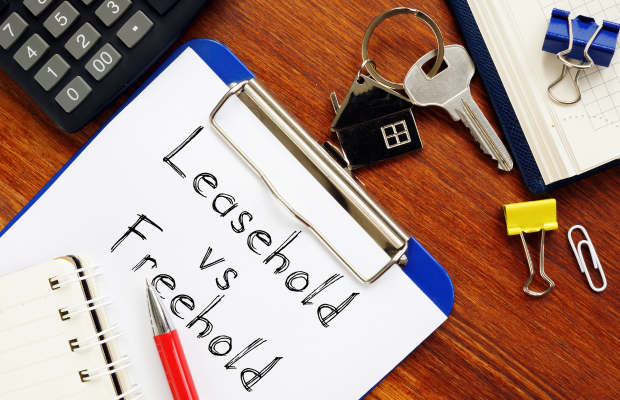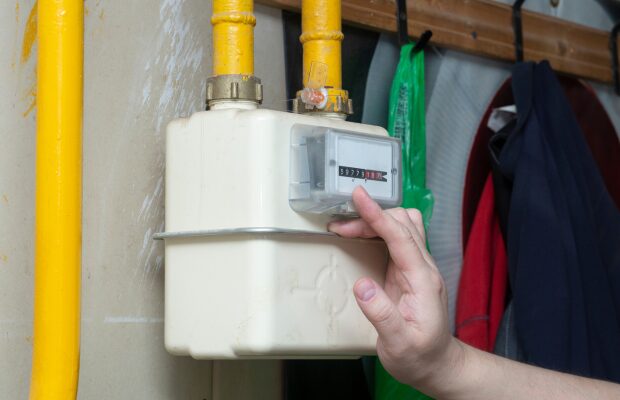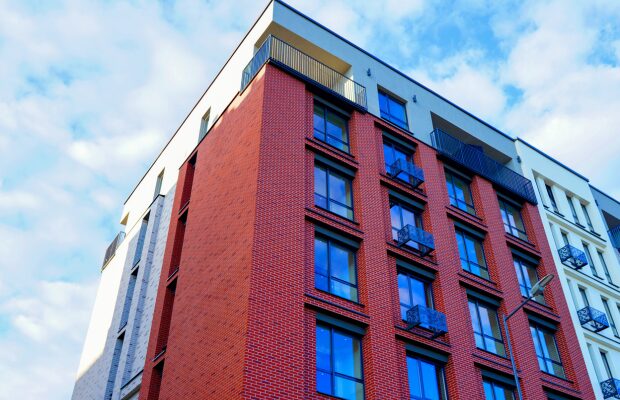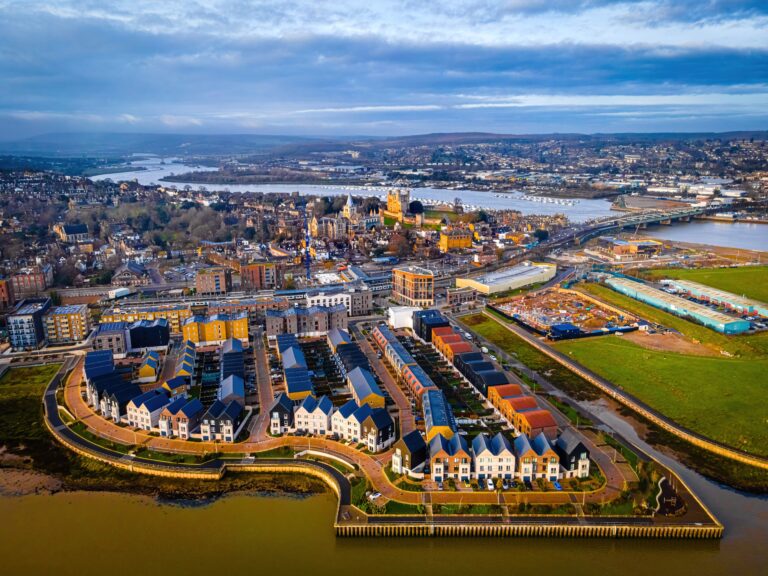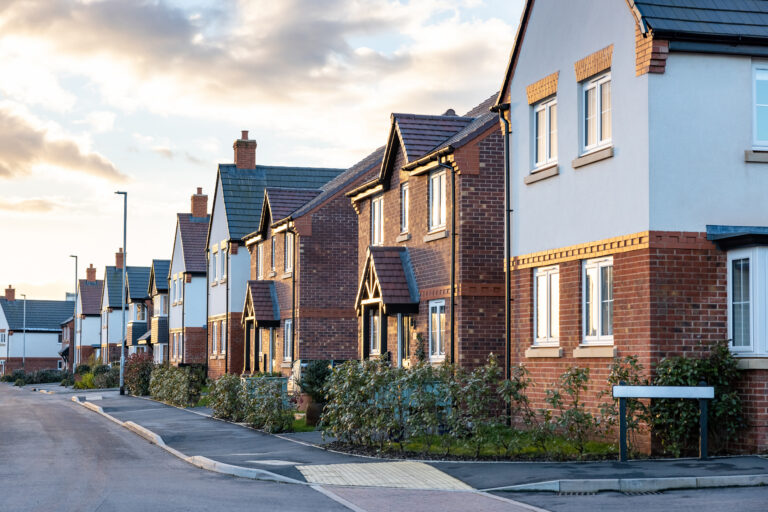When planning an investment, it’s tempting to dive in headfirst and submit an offer for the first suitable property you find.
However, you’ll need to ask yourself a few questions first – most importantly, whether to buy a leasehold property or a freehold.
The answer will mostly depend on your individual circumstances and your investment strategy, but if you’re still on the fence, use this guide to help you decide which is best for you.
What is a leasehold property?
Buying a leasehold means that you own the property (subject to terms of the leasehold) for the length of your lease agreement with the person who owns that part of the land; also known as the landlord or ‘freeholder’.
The ownership returns to the freeholder when the lease ends unless you are able to negotiate an extension of the lease for a specified cost.
Most maisonettes and flats are sold as leaseholds, so while you would own the property in the building, you would not have a stake in the building it resides in.
Sometimes houses are also sold as leaseholds, whereby you can own the property but not the land it sits on.
Are you a new landlord? Discover 9 tips for buy-to-let success
How long can a lease be?
Newly-introduced leases can last anywhere from 99 to 999 years.
A 999-year lease is similar to a freehold, and there can even be some advantages to owning some properties under this lease.
However, shorter leases can cause problems later down the line. If the lease has less than 80 years left, it may be harder to sell the property and difficult to remortgage.
What is a freehold property?
Buying a freehold property means you will own it outright, including the land it is built on.
If you decide to buy a freehold home, you will be responsible for maintaining the property and the land, which is something you will have to factor into your overall budget.
Most houses are sold as freehold, but some will be leasehold due to shared-ownership schemes.
What are the advantages of leasehold properties for landlords?
- A leasehold property is usually cheaper.
- The freeholder is typically responsible for maintenance of the building and communal areas.
- The freehold is responsible for the structure and maintenance of the building itself.
- The freeholder will need to arrange building insurance.
What are the disadvantages of a leasehold property?
- You will have to pay service charges and ground rent to the freeholder, which can increase.
- You may not be allowed pets.
- You will need written permission from the freeholder to alter the property, which might include large fees.
- The fewer years left on the lease, the harder it could be to sell the property.
If you’re planning on buying a leasehold property, it’s important to read the lease carefully and find out exactly how many years are left on it.
You should get someone qualified to look over it and be fully aware of all the details involved such as:
-
The cost of extending the lease.
-
Whether you can secure a mortgage on the lease.
-
How much the ground rent is.
-
How often or easy it is for the freeholder to change the rates.
How can I find out how many years are left on the lease?
The first few pages of the property’s lease document will tell you how many years remain on the leasehold and this should help you find out when the lease started.
It should also state the date of the lease, the length of the lease term and the date that the lease term commenced.
If you do not receive a copy of your lease, you may be able to obtain one through your solicitor or mortgage lender, otherwise you can order one through the Land Registry.
Are freehold properties better for landlords?
As a general rule, most UK flats and apartments are leasehold, whereas houses are usually freehold. The question of whether freehold properties are a better investment for landlords will depend on a few things.
On one hand, owning a freehold property provides the landlord with greater control over their property, including the freedom to make structural modifications, which could lead to a higher resale value. Additionally, there will be no ground rent or leasehold charges, which can save costs in the long run.
On the other hand, leasehold properties might offer lower initial costs, making them more accessible to a broader range of landlords. They also often come with shared maintenance responsibilities and potentially a more predictable income stream through ground rent and service charges.
The choice between freehold and leasehold ultimately depends on individual circumstances, investment goals, and risk tolerance, as both options come with their own advantages and limitations that should be carefully evaluated.
For more information on property investment, contact Ellis & Co’s letting team today.
